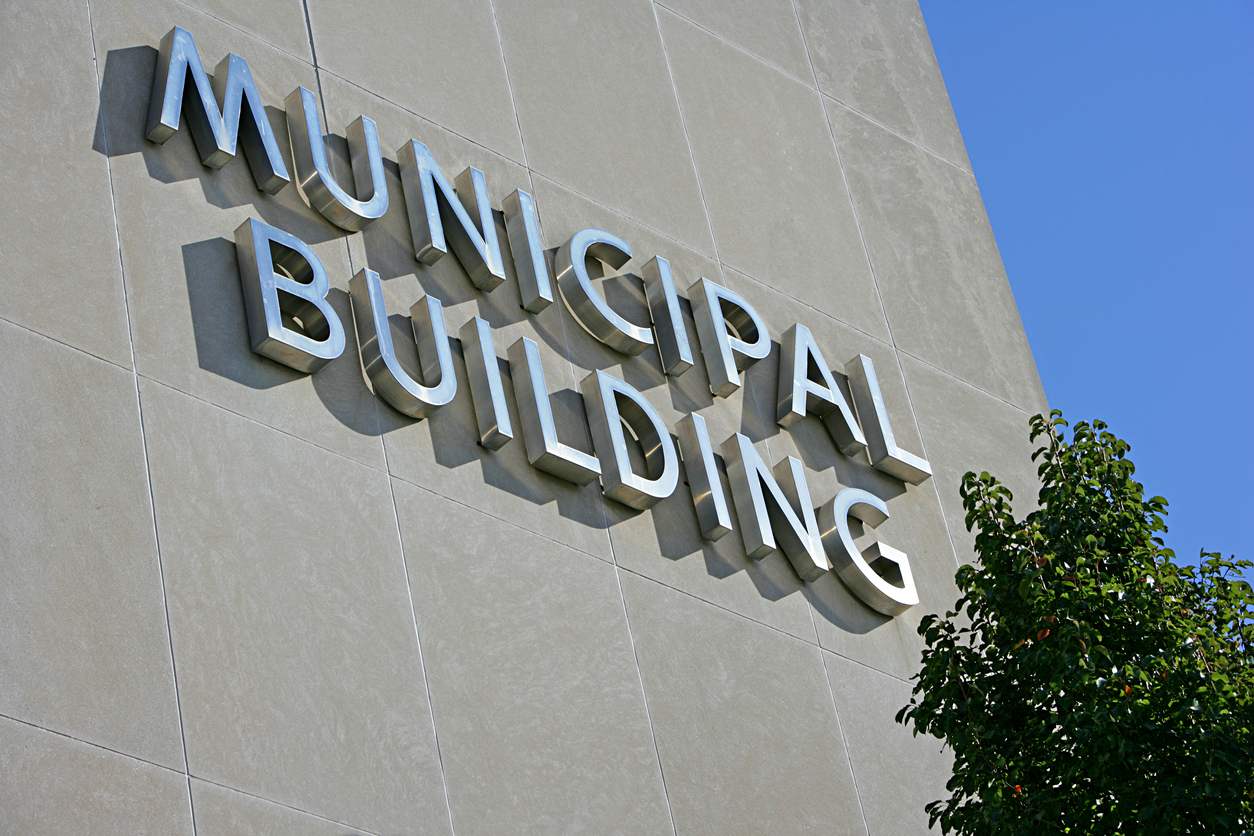Bonds for new projects reached $252 billion last year, according to Refinitiv, a small increase from the previous year. The new borrowing drove the total amount of outstanding muni debt above $3.9 trillion for the first time since 2013, according to the Federal Reserve data from the third quarter.
The muni issuance boom is unlikely to abate as cash-strapped local governments struggle to make up for ongoing Covid-19-related shortfalls and pay back old debts. Before the pandemic, many city and state governments had already been operating on tight budgets.
Despite the increase in availability of muni bonds, investor demand remains strong. Central bank rate cuts have left investors clamoring for yield. Muni bond investments produced steady returns last year in a low-interest rate environment.
“There’s no yield anywhere so munis are still attractive on a relative basis,” said Jon Barasch, director of municipal evaluations at financial analytics company ICE Data Services.
The Federal Reserve’s commitment to low rates suggests the cycle of investors buying bonds to get much-needed yield and municipalities issuing debt to get much-needed cash or refinancing to cut borrowing costs is set to continue for the long haul.
Yields on 10-year tax-exempt munis fell by about half to 0.68% at the beginning of 2021 from 1.37% a year earlier, according to ICE Data Services’ Muni Yield Curve.
While states’ pandemic-related revenue shortfalls weren’t the worst-case scenarios, they still left a considerable hole in stretched state budgets. Moody’s Analytics last month pegged the combined financial shock of the pandemic to states at $224 billion, after factoring in state budget data from the fiscal year ended in June.
The Federal Reserve measures propped up the municipal market in the early days of the pandemic when bond issuance cratered and some local governments temporarily lost access to borrowing during the marketwide upheaval that followed initial lockdowns in March. The upheaval was short-lived, ending shortly after the Federal Reserve stepped in.
As yields fell, many state and local governments opted to issue taxable debt, finding it affordable to pay even the higher yields demanded by muni bond holders when their interest payments aren’t eligible for federal and state income-tax exemptions. Proceeds from taxable bonds aren’t subject to the same rules as tax-exempt debt, allowing some governments to use the borrowed money to plug budget gaps, for example.
Alongside the drop in yields, another factor driving the borrowing was that yield-hungry investors were willing to accept less interest from lower-rated borrowers relative to what they demanded from higher-rated ones, said Chris Johns, who manages close to $1 billion in municipal bonds for Aquila Group of Funds.
“Because of the narrow credit spreads, you have seen a lot of riskier issuers come to market because there’s no increase in their borrowing costs. You’re not paying a penalty. That won’t last forever but it sure does create an opportunity for riskier issuers,” Mr. Johns said.
The Bloomberg Barclays Municipal Bond Index has gained 4.7% since the beginning of 2020, about the average yearly return over the past decade. Muni bond prices fell slightly late last week alongside Treasurys following the outcome of two Georgia Senate runoffs, on expectations that a higher-spending government will bring growth and inflation to the U.S. economy.
But the outcome of the races also raised long-term hopes for state and local government creditworthiness as Democratic Party control of both houses of Congress improves prospects for additional Covid-19-related aid to state and local governments. The new Senate will be evenly split between the two parties at 50-50, with Vice President-elect Kamala Harris serving as the tiebreaker vote, if it comes to that.
Congress authorized $150 billion in aid to state and local governments in the first round of stimulus to cover costs related to Covid-19 in the spring. Local governments didn’t receive any direct aid in the most recent package.
Wisconsin capital finance director David Erdman said that state ended up with more money than expected. “Our revenues were down slightly but we still were above what we budgeted for,” he said.
Wisconsin issued $1.3 billion in taxable debt in 2020, the most since 2003, Mr. Erdman said. The state’s main goal was to refinance debt early to take advantage of 2020’s low rates. For a tax-exempt refinancing, Wisconsin would have had to wait until the refinancing date set at the original bond issuance, by which point rates might be higher. Total 2020 borrowing was on par with past years, Mr. Erdman said.
The outlook for state and local governments is uncertain as thousands of Americans continue to die from Covid-19 every day and the timing of the vaccine rollout remains unclear. For governments that rely on property tax revenues, the impact of economic distress typically takes a while to be felt as business closures and other disruptions are factored into property values.
“What’s going to be the valuation hit for local governments and how is that going to impact the revenues that they have next year?” asked Mr. Erdman. “Covid is still happening here in 2021.”













